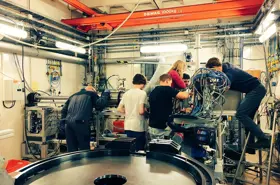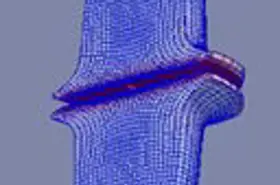About Solid Mechanics & Materials Engineering research in the Department of Engineering Science at the University of Oxford.
Our Research
Introduction to Solid Mechanics & Materials Engineering
Research in Solid Mechanics has a long tradition in Oxford, initiated by Hooke, whose work on the elasticity of springs may be regarded as the foundation of the mechanics of deformable solids. At present activities encompass many techniques (experimental, theoretical and numerical) and spread over a wide range of materials (composites, metals, polymers, biomaterials, etc.).







